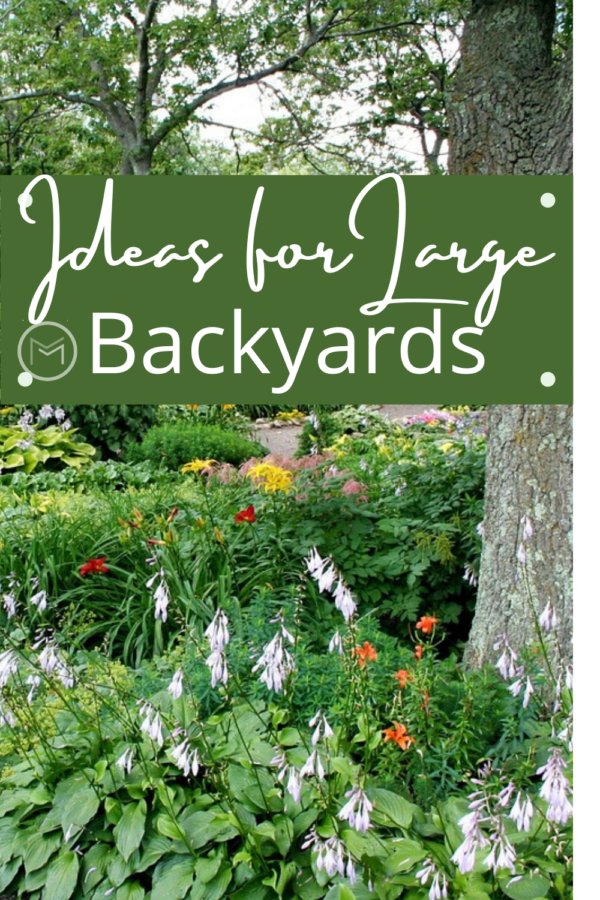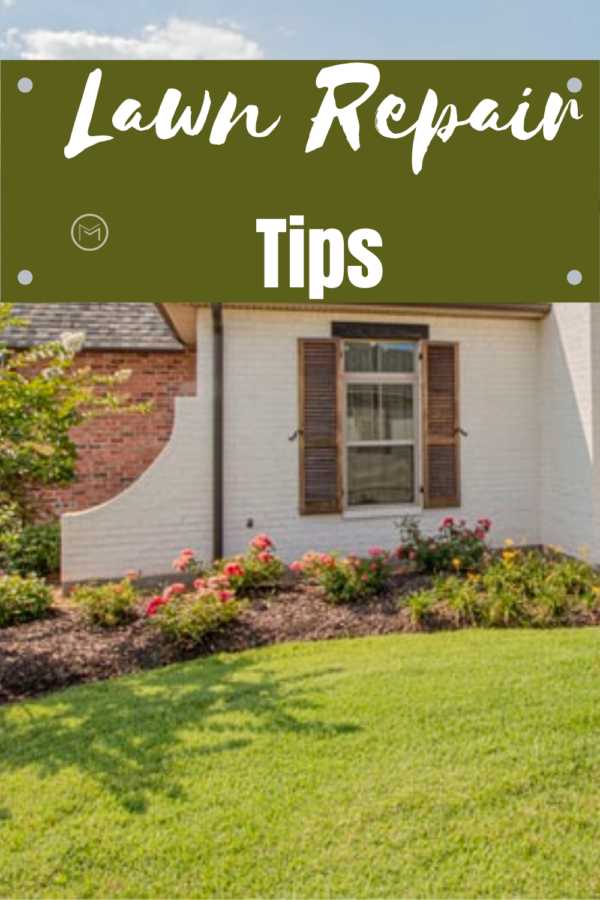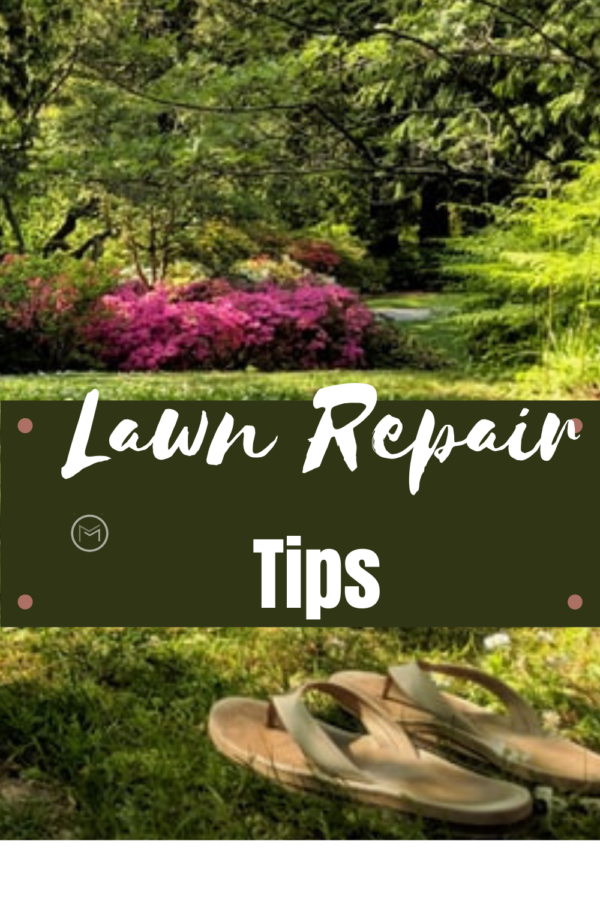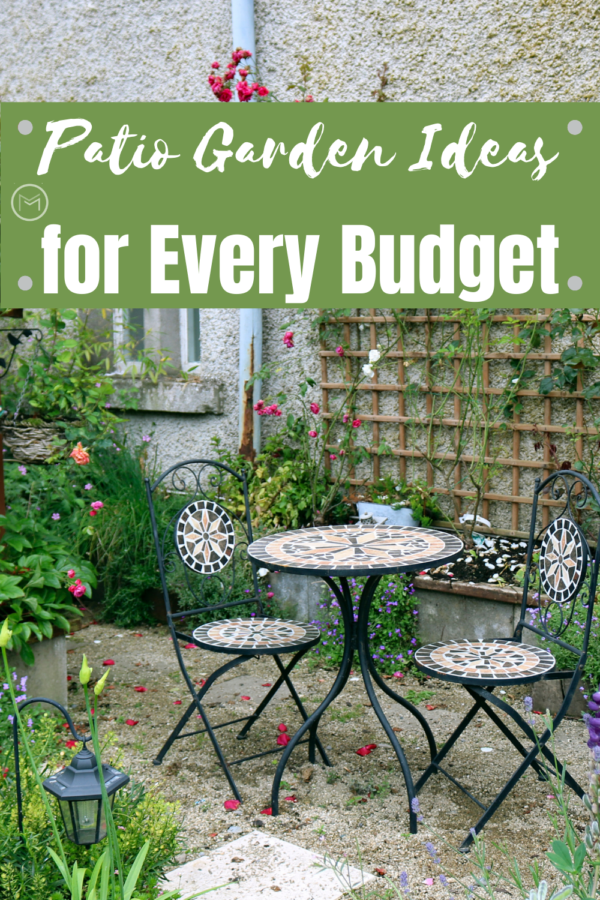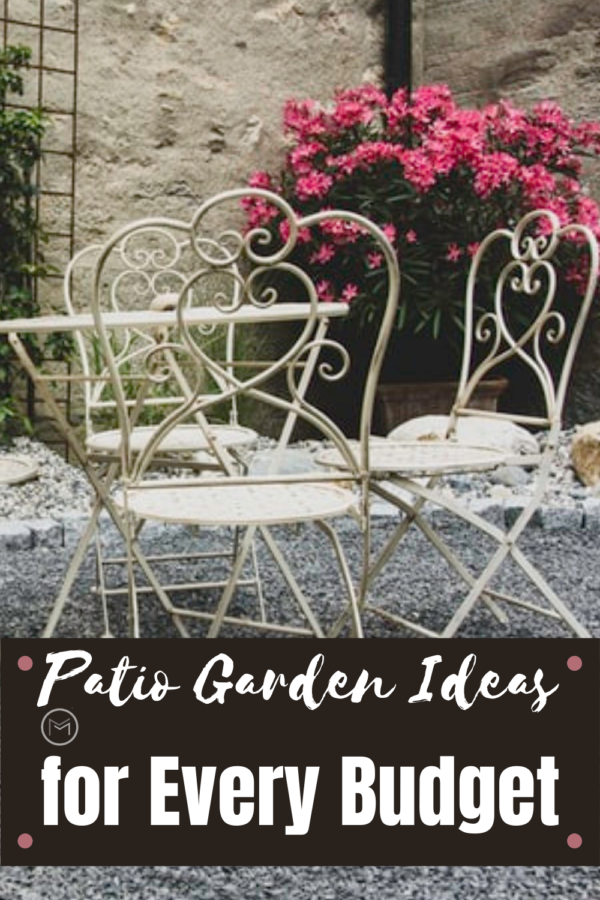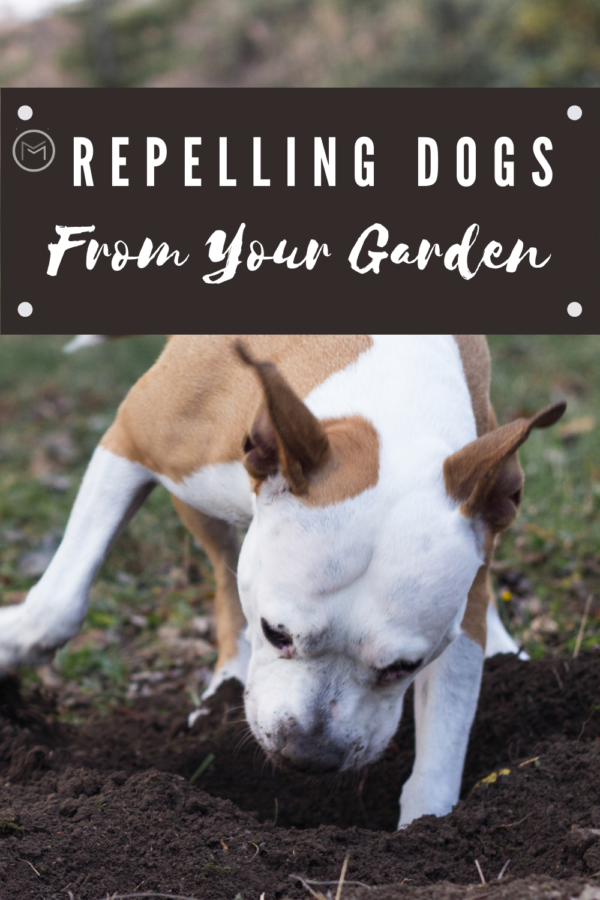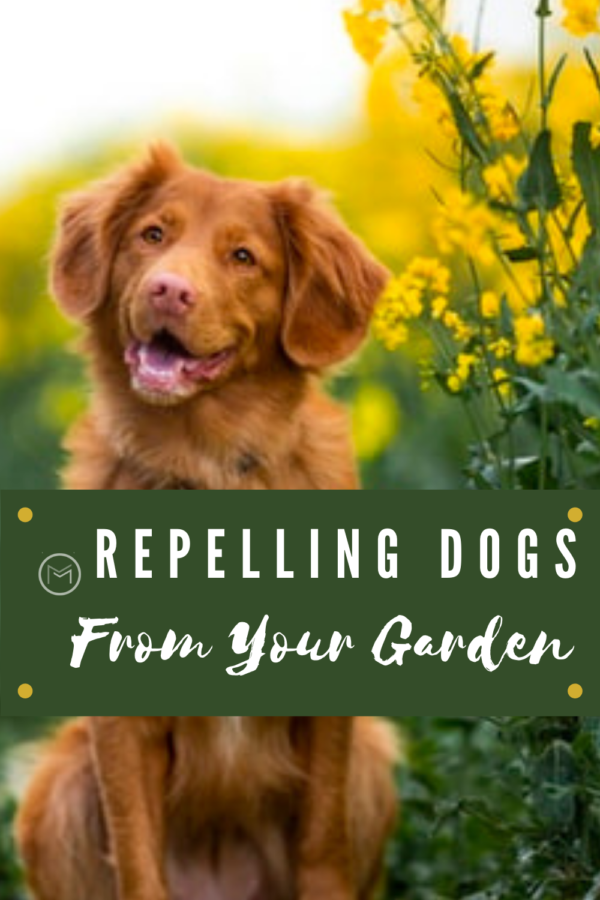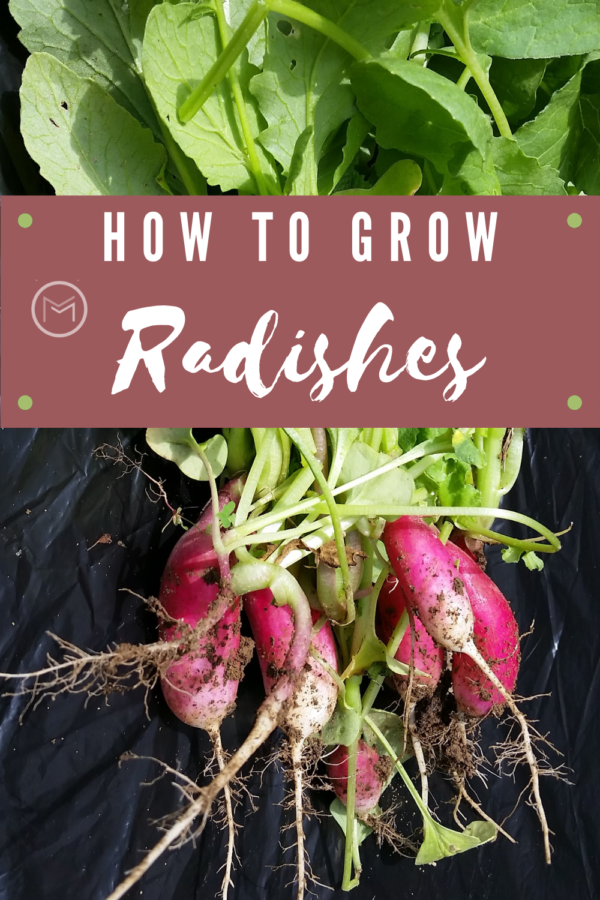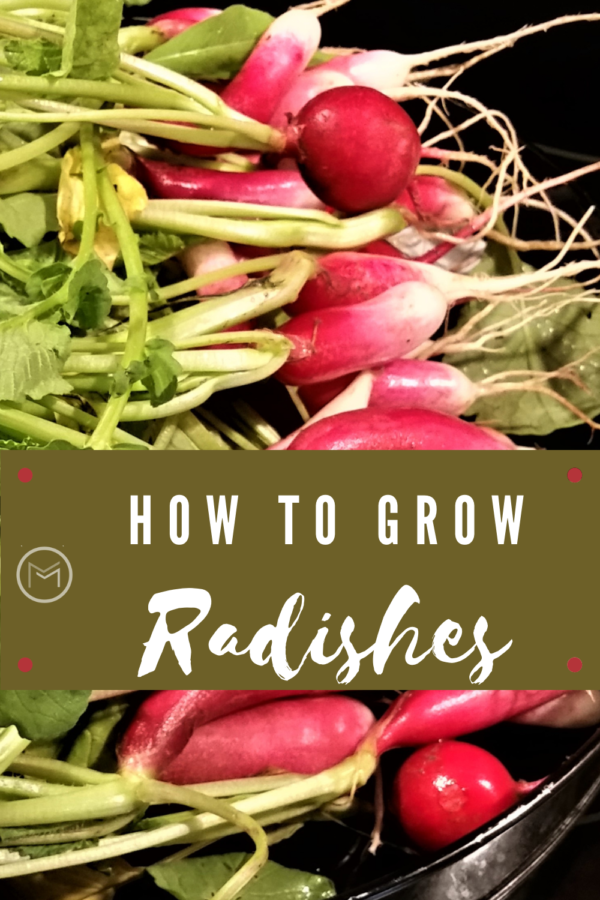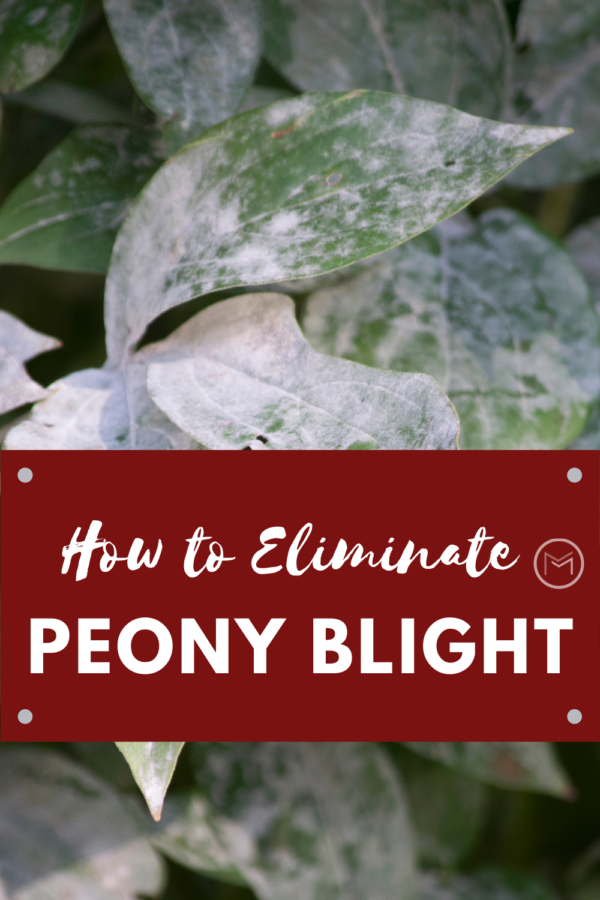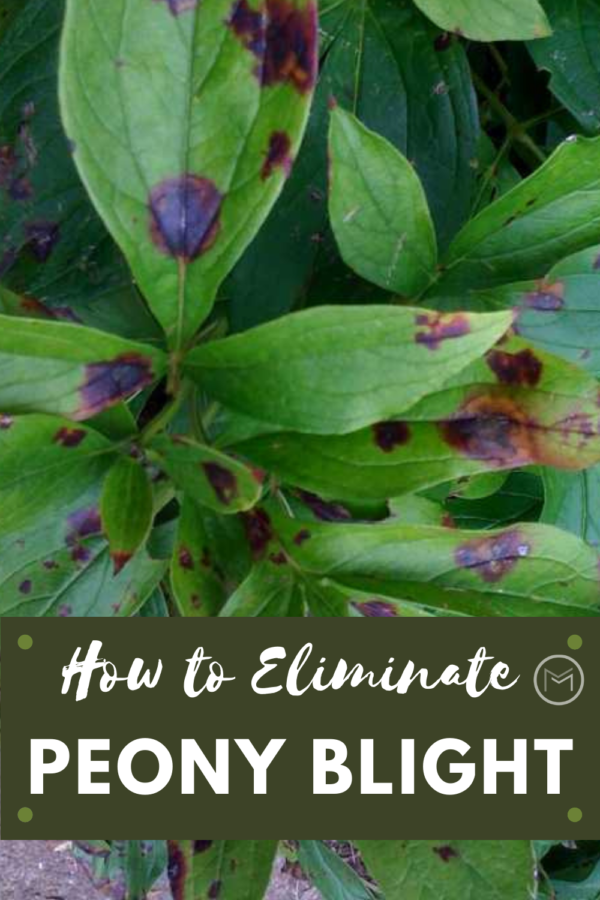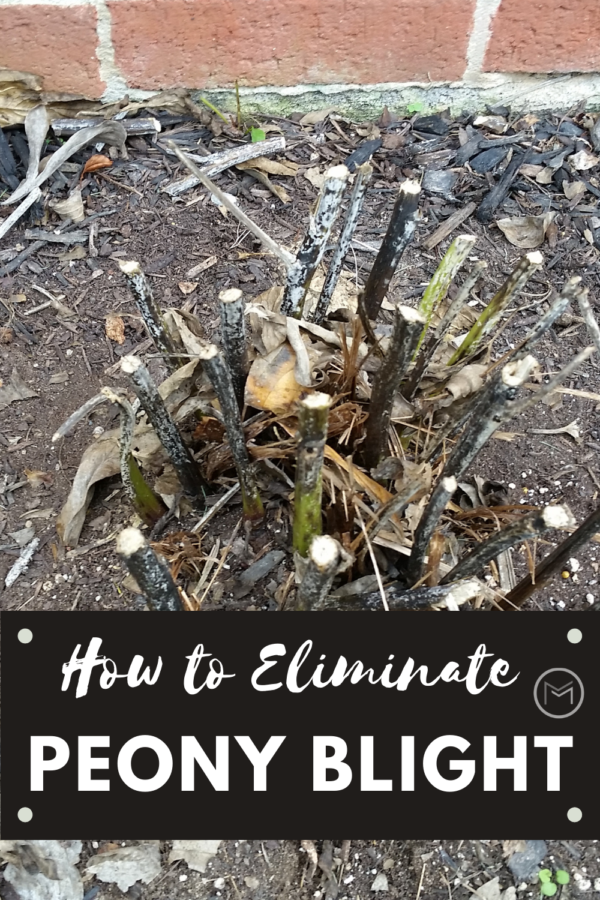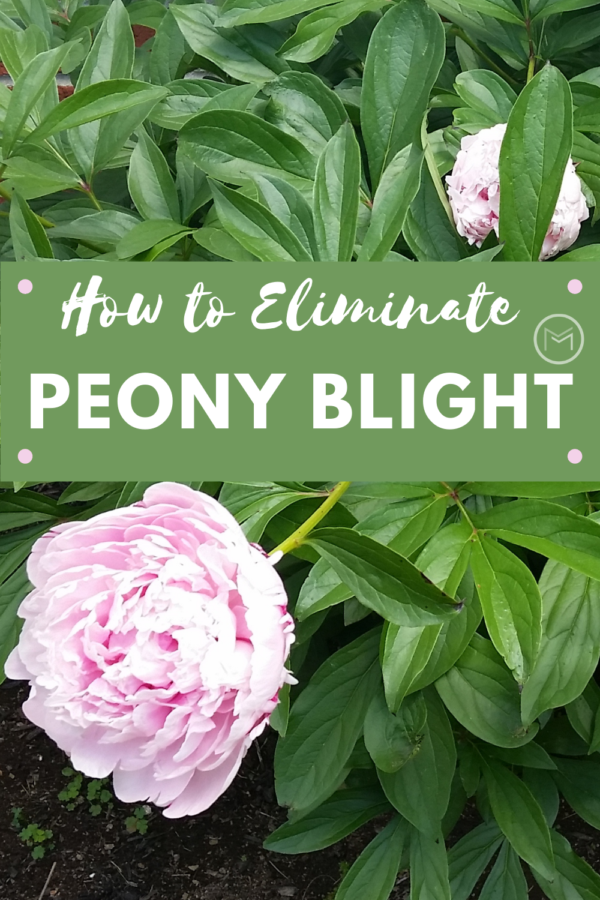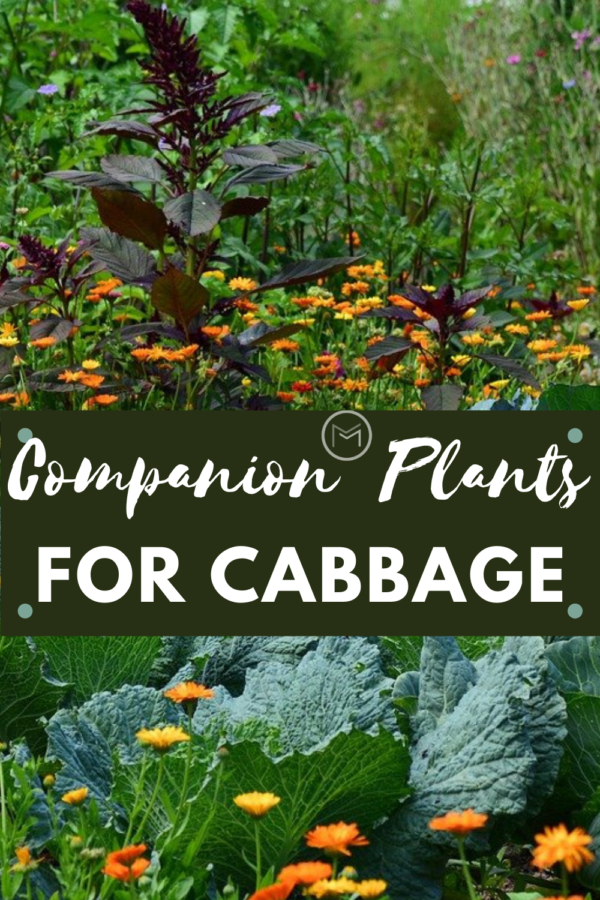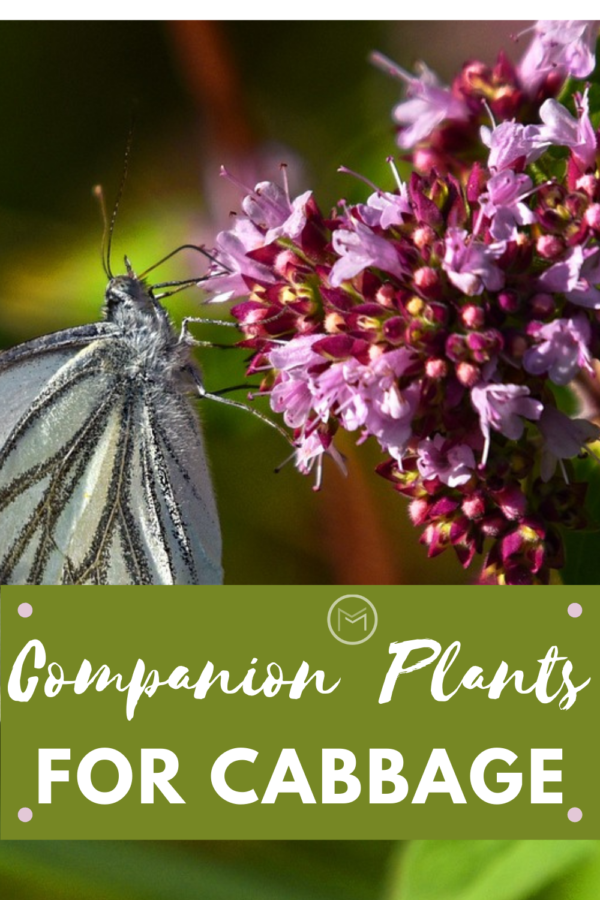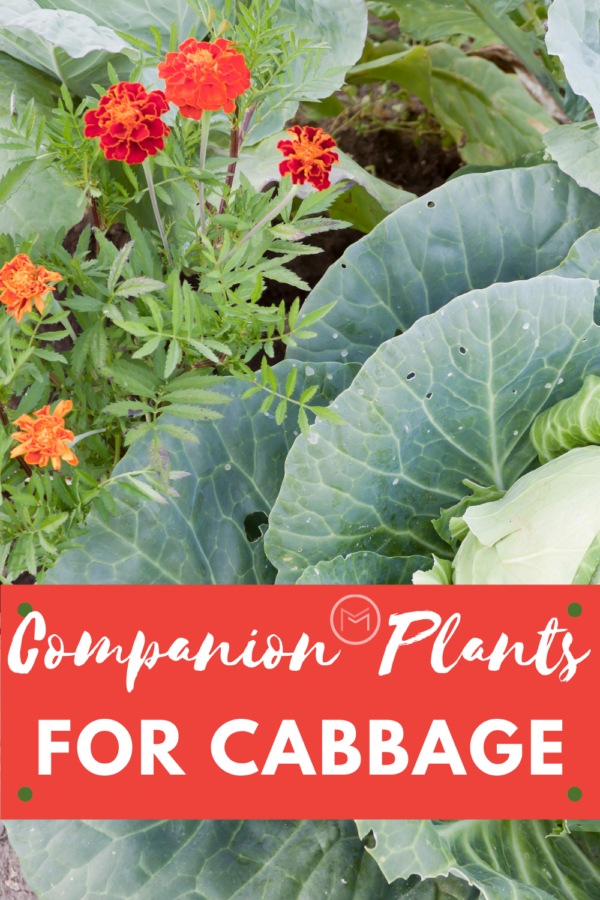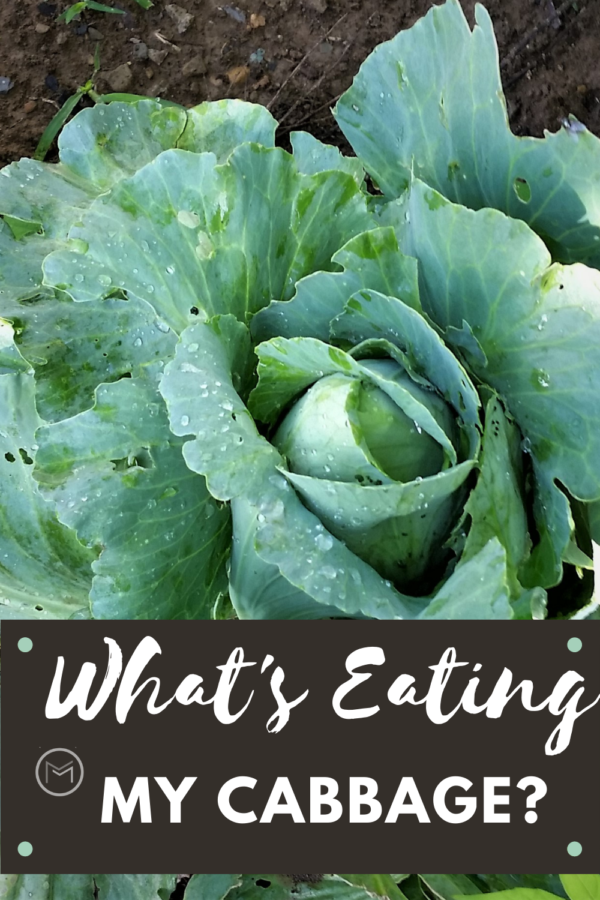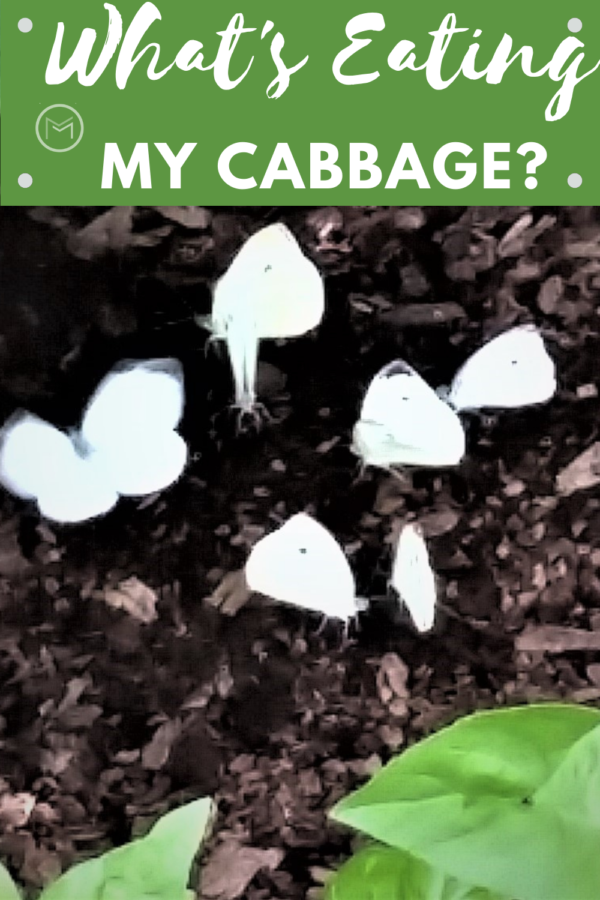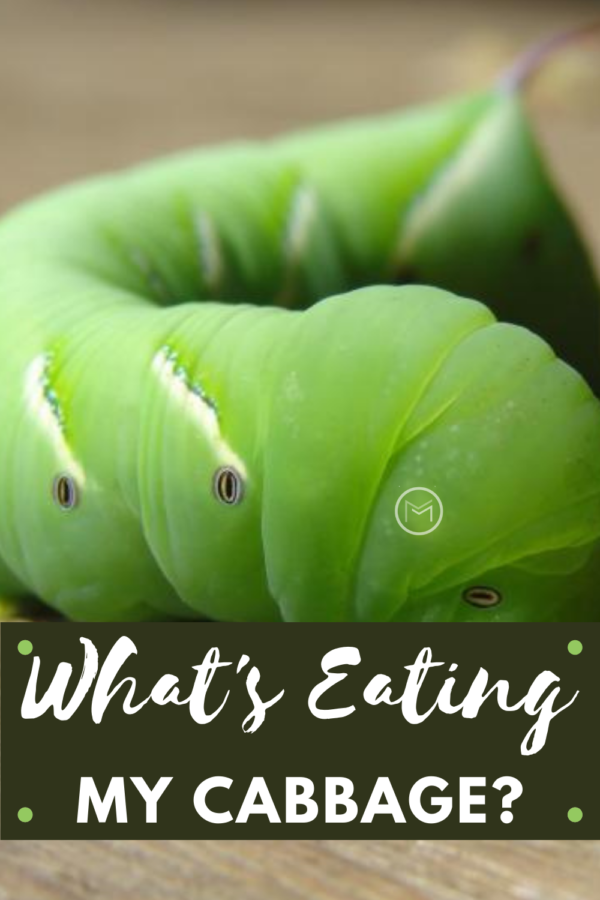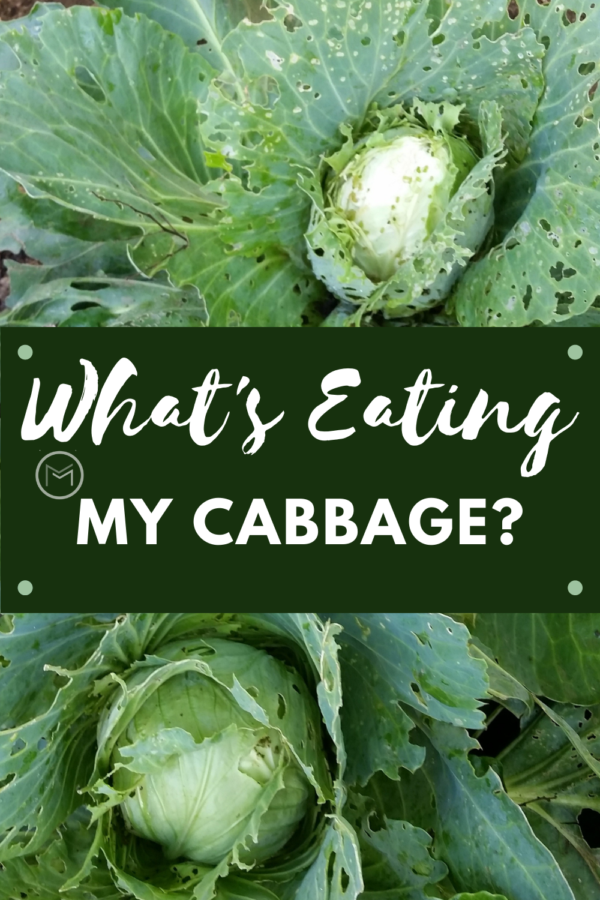Today, I’m sharing gardening tips on tree maintenance for homeowners. People often underestimate the importance of taking good care of your trees. Although the trees existed before you moved in, it’s still your responsibility to take care of them. So, you will want to ensure that they continue to grow big and healthy. However, taking care of your trees can be tough work, especially if you’re not sure how to get started. Lets take a look at how you can take better care of the trees around your home.
Tree Maintenance for Homeowners
Water Young Trees
Trees can actually absorb a lot of water. Especially, if they’re already large and have well-established roots. New trees that have just been planted can actually use several gallons of water every week. Especially during the first two growing seasons.
So, if you haven’t had rain for several weeks you’ll want to water your trees to ensure they continue growing. One of the best ways to water trees is to let them absorb water slowly. Actually, over a long period of time is recommended. Focus watering on the areas beneath the branches or at the trunk if it’s a new tree. A soaker hose is best, especially if you can leave it on a slow setting for a long time and just place it near the trunk. However, a sprinkler or bucket can also work.
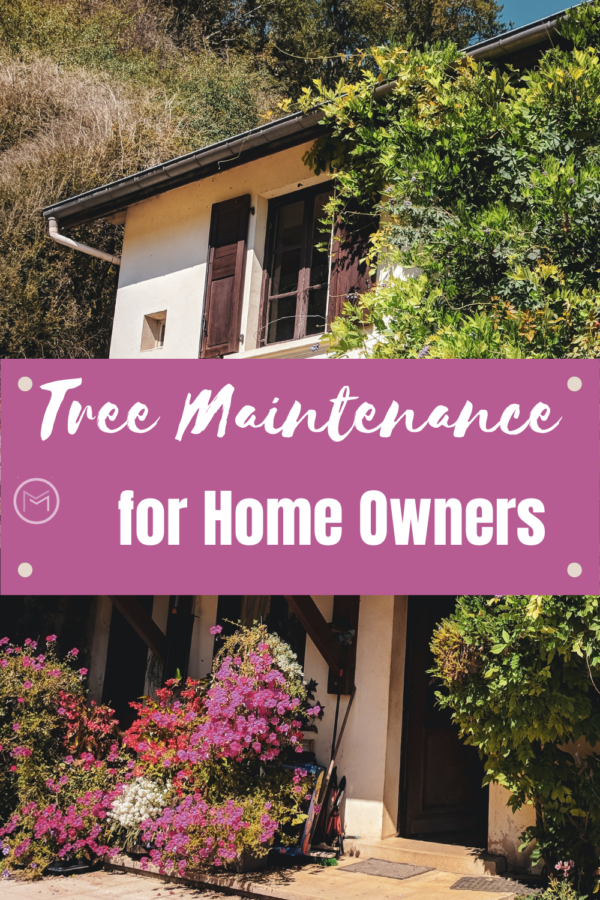
Trim Trees
It’s a good idea to occasionally trim your tree to remove dead branches and reduce potential risks. Without tree trimming, your tree may grow in unexpected directions which could damage your property. Furthermore, not trimming your trees can reduce the amount of sun and air that you get in a particular area. Tree trimming ensures that you can improve the overall form of the tree which is important over a long period of time.
It’s totally possible to trim a tree yourself. However, hire a professional especially if the tree is rather large. Climbing large tree requires safety precautions that should be performed by professionals.
Deal With Pests
Pests can be a huge problem for trees. When starting a home garden, it’s important to take note of the potential pests that could invade your garden. Make sure that you have measures to prevent pests and rodents from damaging or destroying your trees. Thankfully, trees are resilient and will bounce back from most pest problems, but it’s important to identify potential infestations and other problems as early as possible.

